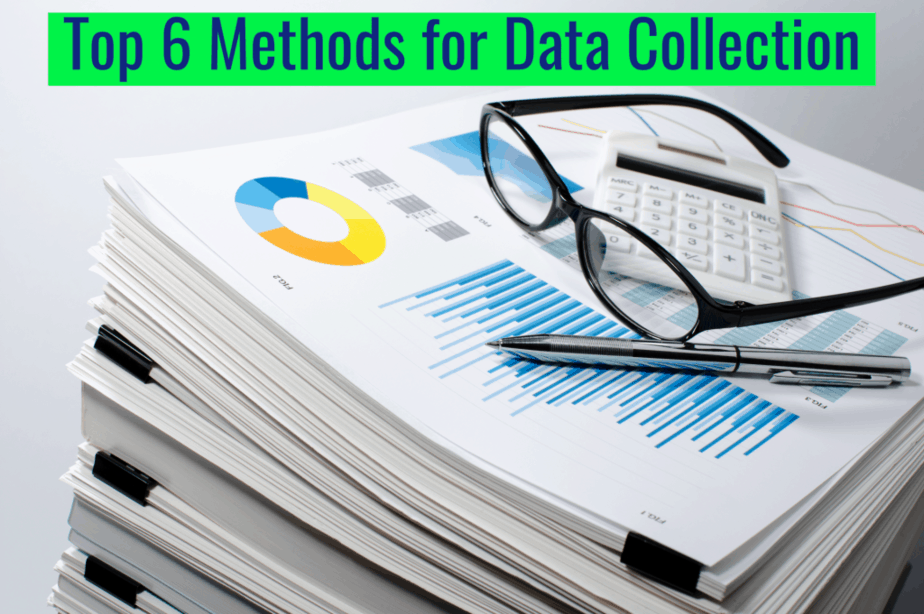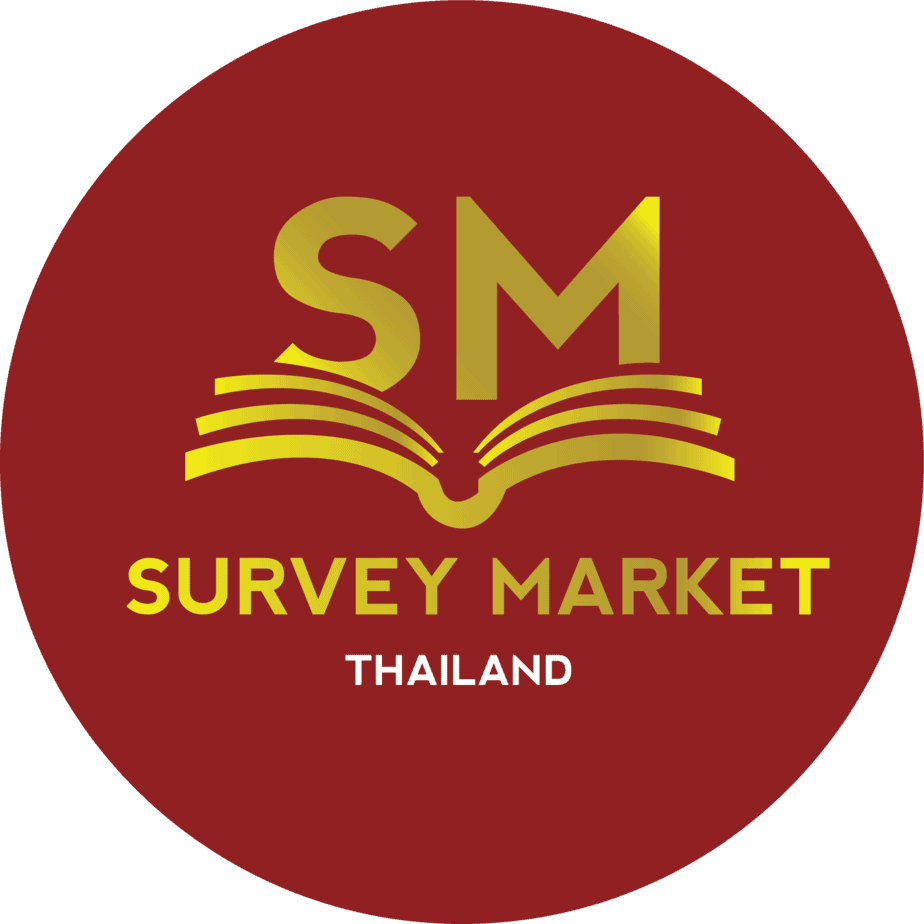
Today businesses and organizations are connected to their clients, customers, users, employees, vendors, and sometimes even their competitors. Data can tell a story about any of these relationships, and with this information, organizations can improve almost any aspect of their operations.
You need to understand research data. Keep in mind, there are 2 types of research which are qualitative research and quantitative research. The difference is simple: quantitative is numerical data and qualitative is descriptive data. Although data can be valuable, too much information is unwieldy, and the wrong data is useless. The right data collection method can mean the difference between useful insights and time-wasting misdirection.
Here are the top 6 data collection methods:
1. InterviewsIf
you ask anyone who is unaware of data analysis how to best collect primary data from respondents, the first common method in mind would be an interview. This method is very simple. Almost anyone can come up with a list of questions and ask respondents, but to make it efficient, knowing what to ask is the key. Interviews are customizable and responsive because it allows for both close-ended or open-ended questions. Efficiency in interviewing is very important because, compared to others primary data collection methods, in-person interviewing can be the most expensive. However, there are some ways to limit cost such as conducting an interview through phone or online face to face interview.
2. Observation
In general, observation involves collecting information without asking questions. This method is more subjective, as it requires the researcher, or observer, to add their judgment to the data, so the risk of bias is minimal. Furthermore, observation can determine the dynamics of a situation, which generally cannot be measured through other data collection techniques. Finally, observation can be combined with additional information, such as video.
3. Documents and records
Sometimes you can collect a considerable amount of data without asking anyone anything. Document- and records-based research uses existing data for a study. Using secondary data can be efficient and inexpensive because you’re mainly using research that has already been completed. However, since the researcher has less control over the results, documents and records can be an incomplete data source.
4. Focus groups
This method is a combination of interviewing, surveying, and observing, a focus group is a data collection method that involves several individuals who have something in common. Focus groups often use open-ended questions such as, “How did you feel about the presentation?” or “What did you like best about the product?” Moreover, the focus group moderator can ask the group to think back to the shared experience, rather than forward to the future.
5. Oral histories
At first, this method might sound like an interview. Both data collection methods involve asking questions. Still, oral history is more precisely defined as the recording, preservation, and interpretation of historical information based on the opinions and personal experiences of people who were involved in the events. Unlike interviews and surveys, oral histories are linked to a single phenomenon. For example, a researcher may be interested in studying the effect of a flood on a community. An oral history can shed light on exactly what transpired. It’s a holistic approach to evaluation that uses a variety of techniques.
6. Questionnaires and surveys
Questionnaires and surveys can be used to ask questions that have closed-ended answers. Moreover, this method can be useful if you’re collecting a large amount of data from a large population. Always keep in mind that surveys and questionnaires need to be carefully planned. Unlike an interview, where a researcher can react to the direction of a respondent’s answers, a poorly designed questionnaire will lead the study nowhere quickly. While surveys are often less expensive than interviews, they won’t be valuable if they aren’t handled correctly. Lastly, surveys can be conducted as interviews, but in most cases, conducted as surveys using forms, especially online forms.
To conclude, the above methods are commonly used to collect data to conduct a research. However, which methods will be the best methods for you depends on your research problem, research objective and how much budget do you have. If you are interested in doing research, SurveyMarketThailand are glad to guide you.




